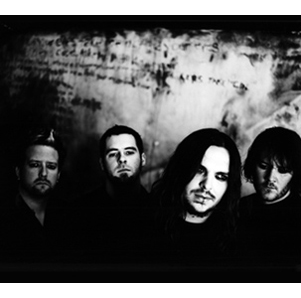“Broken” by Seether

Difficulty: IntermediateRead More »“Broken” by Seether

Difficulty: IntermediateRead More »“Broken” by Seether
Here’s a pretty version of “Hey Jude” arranged for fingerstyle guitar. It’s in drop-D tuning. In drop D tuning the low E string is tuned… Read More »Hey Jude
The 1st, 4th and 5th chords are the most important chords in any key signature. They are often referred to by roman numerals, or the I, IV, V chords. In the key of F they are F major (I), B flat major (IV), and C major (V). Learn what other chords work well in this key signature.Read More »Chords In The Key Of F
I’d like to introduce you to your new best friend. You may have seen it before, but this time – we’ve changed it up a little to make it MUCH more user-friendly and easier to read.
Here it is….
You may be saying, ‘well wait a minute. I’ve seen something like this before. You’re right. It’s actually segments of the famous chord wheel. But as I mentioned before, we’ve made it easier to read.
The chord wheel allows practical application of chord theory. You can determine which chords belong to a given key and analyze any progression instantly.Read More »Chord Wheel Guide
So what happens when you’re on your own and simply can’t figure out a strumming pattern, or one isn’t available?
This has been the question for some of our members. I have a lengthy tutorial about this, but I’ll touch base on this concept right here to refresh some of our member frustrations.
Learning WHAT style to strum and when is actually REALLY easy, but the concept is tricky.Read More »10 Steps To Playing A Cover Song
Ah…the hard part right? Nope.
This goes back to listening to the lyrics and how the singer arranged the lyrics to go along with the song. Many times, artists will write the lyrics first -then the chords (and vice-versa.)Read More »How To Strum And Sing
Tthe absolute key to learning how to strum a song is feeling it as well as getting a sense of the type of song you are playing. That will set the framework for the entire song, including the lyrics.
Let’s look at a few artists and three points that make up their sound:Read More »Strumming: Getting A Sense Of The Genre
One aspect of guitar strumming patterns that should not be overlooked in an acoustic guitar lesson consists of the options available to create a more dynamic sounding rhythm part. An interesting guitar part doesn’t necessarily need a lot of basic guitar chord changes, but just playing dynamically with a single chord can be quite interesting tonally.Read More »Dynamic Guitar Strumming
The slash sheet exercises below are quite simple. They are arranged as quarter notes on the staff that you see, but really you should just… Read More »Slash Sheet Strumming Exercises